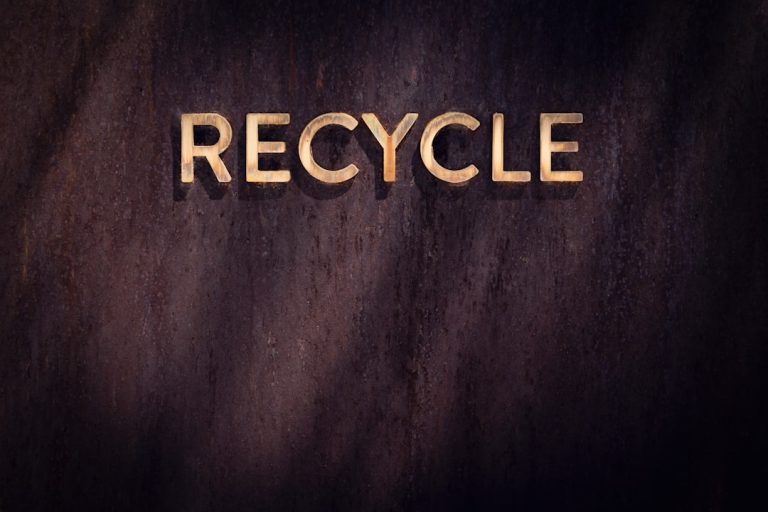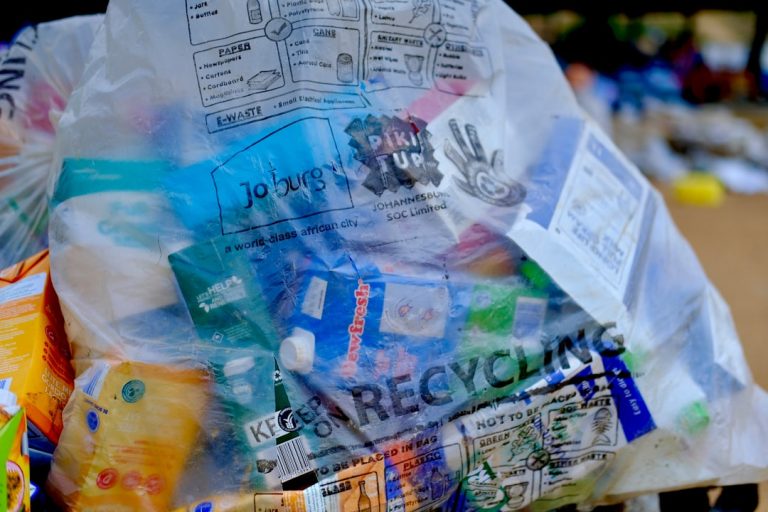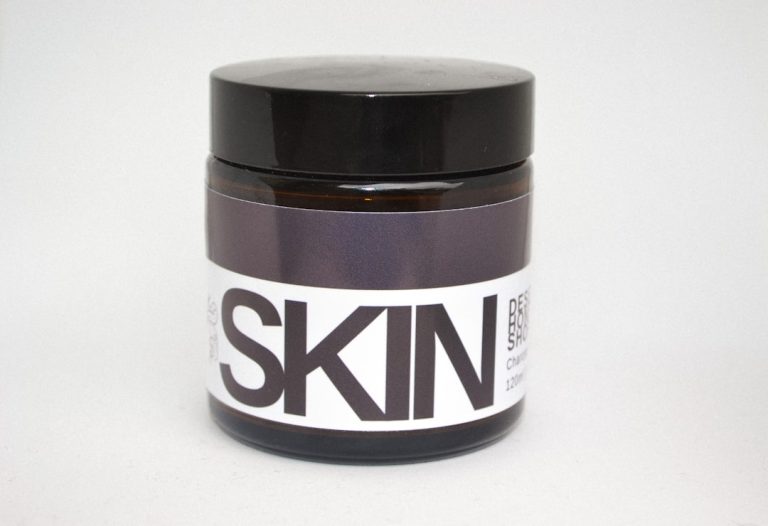My Guide to Disposing of Hazardous Household Waste Safely.
My Guide to Disposing of Hazardous Household Waste Safely
We all have them lurking in our homes: those half-empty cans of paint in the garage, the expired cleaning products under the sink, the old batteries piling up in a drawer. These aren’t just clutter; they’re what I call Hazardous Household Waste (HHW), and getting rid of them isn’t as simple as tossing them in the regular trash. Improper disposal can lead to serious consequences for our health, our families, our pets, and the environment. That’s why I’ve put together *my* personal, comprehensive guide to help you navigate the often-confusing world of safe hazardous waste disposal. It’s a process I’ve refined over the years, driven by a deep commitment to keeping my home and community safe. Let’s dive into how I approach this vital task, ensuring every hazardous item leaves your home responsibly.
Unmasking the Everyday Dangers: My Personal Inventory Check
Before you can safely dispose of hazardous waste, you first need to know what you’re dealing with. In my experience, many people underestimate just how many common household items fall into this category. My first step is always to do a thorough inventory, looking for specific clues that scream “hazard.”
Identifying the Sneaky Culprits in Your Home
- Paints and Solvents: Latex paint, oil-based paint, paint thinners, removers, and varnishes. Even “water-based” paints can contain chemicals that shouldn’t go down the drain or in regular landfill.
- Automotive Products: Used motor oil, antifreeze, brake fluid, car batteries.
- Garden and Pest Control: Pesticides, herbicides, fertilizers, rodenticides. These are designed to be toxic, and their improper disposal can devastate local ecosystems.
- Cleaning Supplies: Oven cleaners, drain cleaners, strong disinfectants, bleach, ammonia, furniture polish. Mixing these or disposing of them incorrectly can release dangerous fumes or contaminate water.
- Electronics (E-Waste): Old computers, cell phones, TVs, printers. These contain heavy metals like lead, mercury, and cadmium, which are toxic.
- Batteries: Rechargeable batteries (NiCad, Li-ion), button cell batteries (hearing aids, watches), and even standard alkaline batteries can contain hazardous materials, especially mercury. For a more detailed look, check out my comprehensive guide to battery recycling.
- Fluorescent Light Bulbs: CFLs and older fluorescent tubes contain small amounts of mercury.
- Medications: Prescription drugs, over-the-counter medicines, vitamins. Flushing them can contaminate water supplies, and tossing them can lead to accidental ingestion. I always follow specific guidelines for safe medication disposal.
- Sharps: Needles, syringes, lancets. These pose an immediate puncture risk and can transmit diseases.
My rule of thumb? If it has a warning label (DANGER, WARNING, CAUTION, POISON), it’s highly likely to be hazardous. I also pay attention to symbols like skulls and crossbones, flames, or corrosive indicators. A quick scan of product labels is always my starting point for safe handling.
Crafting a Safe Haven: My System for Storing Hazardous Materials
Once I’ve identified hazardous items, my next crucial step is to ensure they are stored safely until disposal day. This isn’t just about convenience; it’s about preventing spills, accidental exposure, and potential chemical reactions that could harm my family or home. This is where my “safe haven” system comes into play.
My Core Principles for Temporary Hazardous Storage
- Original Containers are Key: I always keep hazardous products in their original containers with legible labels. This prevents confusion about contents and ensures any safety warnings or first-aid instructions are readily available. If a label is damaged, I’ll re-label it clearly with the product name and any hazard warnings I can recall.
- Seal It Tight: I make sure all containers are tightly sealed to prevent leaks, spills, or evaporation of volatile chemicals. For items like paint, I’ll often place a layer of plastic wrap over the opening before sealing the lid to create an even tighter seal.
- Cool, Dry, and Well-Ventilated: My preferred storage spots are cool, dry areas away from direct sunlight, heat sources (like furnaces or water heaters), and open flames. Garages or utility sheds are common, but I ensure they have good ventilation. Extreme temperatures can compromise container integrity or chemical stability.
- Out of Reach, Out of Sight: This is non-negotiable, especially with children and pets in the home. I store all hazardous materials on high shelves, in locked cabinets, or in areas inaccessible to curious hands or paws.
- Never Mix Chemicals: This might seem obvious, but it’s a critical safety rule. Mixing different chemicals, even in an attempt to consolidate space, can create dangerous fumes, explosions, or other violent reactions. I strictly adhere to keeping everything separate.
- Separate Incompatibles: Some chemicals react violently with others. For example, acids and bases, or oxidizers and flammables. While most household volumes are small, I still try to keep clearly labeled, distinct categories of hazardous waste physically separated from each other, even within my designated storage area.
- Use a Secondary Containment: For liquids, I often place the original container inside a larger, leak-proof plastic tub or tray. This acts as a secondary containment barrier, catching any potential leaks or spills and making cleanup much easier and safer.
By following these principles, I create a controlled environment for these potentially dangerous items, minimizing risks until they can be properly disposed of. It gives me peace of mind knowing they’re not posing an immediate threat to anyone in my home.
Navigating the Local Landscape: My Trusted Routes for Disposal
Once hazardous items are identified and safely stored, the next challenge is finding the right place to take them. This is often the trickiest part, as rules and facilities vary by location. My approach is always to start local, leveraging community resources designed specifically for this purpose.

Finding Your Community’s Hazardous Waste Solutions
- Your Local Waste Management Department: This is always my first point of contact. A quick search for “[Your City/County] hazardous waste disposal” will usually lead you to their official website. They provide crucial information on:
- Household Hazardous Waste (HHW) Collection Events: Many municipalities host special days where residents can drop off HHW. These are often free and






